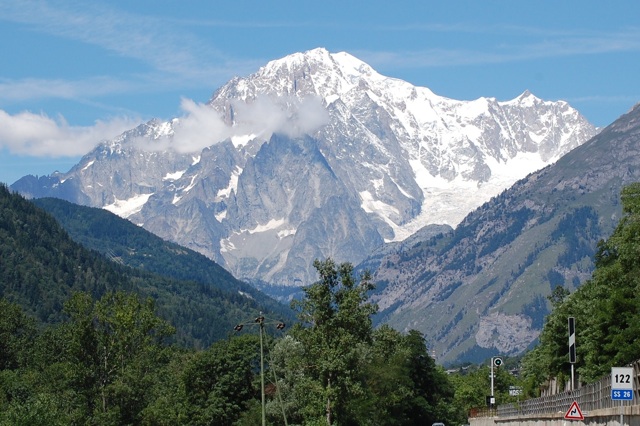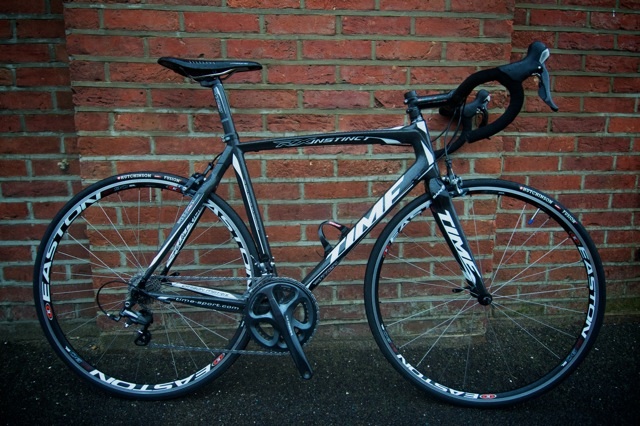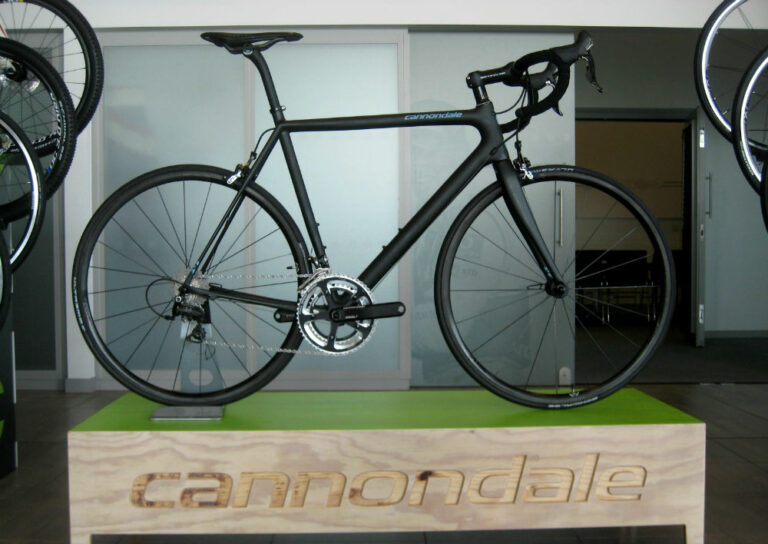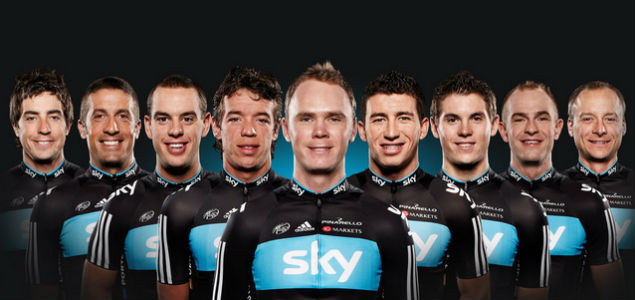Trek unveiled the Domane 6-Series ahead of Fabian Cancellara’s Spring Classics campaign – now the American firm has revealed a full range of machines, including two aluminium models which make up the 2-Series.
Sat in the same room as Cancellara’s yellow Domane from the Tour de France at Trek World Europe, the company’s trade show in Frankfurt, the more affordable machines attracted just as much attention.

The Domane 2-Series shares much of the technology of its WorldTour sibling. There’s the IsoSpeed decoupler, the IsoSpeed fork (a heavily curved fork with reverse dropouts which improves front-end compliance), and the endurance fit, although the aluminium bikes don’t get the built-in 3S chain catcher, which comes as standard on 4-Series machines and above, while 5 and 6-Series bikes get Bontrager’s IsoZone handlebars, which have integrated pads designed to reduce vibration displacement by a claimed 20 per cent.
The Domane is packed with technology across the board but it’s the decoupler which rightly attracts most attention. It isolates the seat tube from the rest of the frame, so the seat tube can rotate – or flex – independently from the top tube-seatstay junction, increasing vertical compliance – or comfort, to you and me.
Look at the decoupler on the 2-Series bikes and there’s one obvious, aesthetic difference, however. Using aluminium, rather than carbon fibre, to build the frame presented Trek with a whole new problem – aluminium fatigues over time. In order to achieve the required compliance while maintaining strength, Trek welded two tubes together to form the seat tube. You can see the weld in the picture below.

Trek’s road bike product manager, Ben Coates, said: “The way aluminium reacts to the forces on the seat tube is very different to carbon fibre. The IsoSpeed functions in very much the same way, but it was very difficult to determine the amount of control.
“This was a very complicated frame to make. We had to end up welding two tubes together so that we could have two different characteristics to control the amount of dampening and compliance.
Coates admitted the fatigue properties of aluminium may raise eyebrows but is confident in the frame’s ability to withstand everything thrown at it.
“There is some question about it, but it’s backed by Trek’s lifetime warranty,” he said. “The aluminium has been tested to extreme fatigue cycles and it’s built to last. It functions very well.
“The weld is integral to the success of that bike. We tried other ways to make the compliance function properly but actually joining two completely different tubes was the most successful way and it works very well; that’s part of the technology and it requires that joint to control the flexibility.”

The Domane 2-Series comprises two bikes, with the 2.3 retailing at £1,200, while the 2.0 comes in at the magic £1,000 Cycle to Work mark. The 2.0 is equipped with a Shimano Tiagra triple groupset and Bontrager wheels and tyres, with Bontrager’s componentry arm also providing the saddle, seatpost, handlebar and stem, while upgrades on the 2.3 cover the Shimano 105 shifters and brake levers, and a carbon Bontrager seatpost, plus the crankset’s a compact rather than a triple.
Stock is expected in the UK in August. Trek expect the ability of the 2-Series bikes to accommodate larger tyres and mudguards to prove attractive to a British audience.






